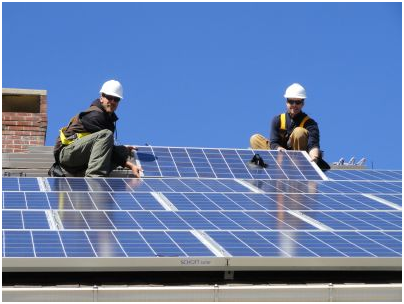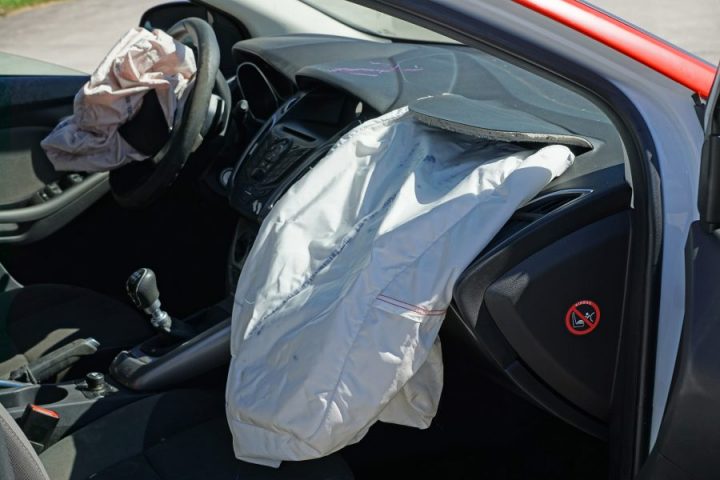Forced-air to solar energy is one of the most popular conversions, not because it’s the best, but because so many homes already have a forced-air solar energy system. It’s much less efficient and less comfortable than radiant heating. It grew up as the result of a compromise. Burning fossil fuel requires a flue to carry out exhaust gases, and larger furnaces are more efficient. So instead of each room having a small heater with its own chimney, one big furnace was used. As people decided they wanted all the rooms in their homes heated, a way of ducting heated air through the house was devised. Moving air feels cooler than static air, so we keep our homes warmer to feel comfortable. This uses more fuel.

When your solar energy heating system is an air-type, the valving is different. A system which collects and uses solar heat directly can be valved into an existing commercial solar energy system. These are general design sketches, modify as required to fit your needs. Probably the smoothest way to do it is to have the hot air supply from the storage bin feed into the original cold-air return line. It can be cut in anywhere between the existing cold-air intake and the main circulating fan. A one-way, flapper valve is needed so that air will be prevented from going backward through the storage bin or solar energy collectors when the system is in fossil fuel operation. The flapper door can be set closed, open or partially open, either manually or electrically so that you can take air from the collectors, the house’s cold-air intake register, or both, as needed. It’s also possible to draw air only from storage, or directly from the collectors as needed.
Air to an air-type commercial solar energy collecting system may be drawn out of the house anywhere convenient and routed to the collector. It doesn’t have to come out via the existing cold-air return line although that is often the more convenient. Generally you should have a separate to 3/4 Hp fan pull air from the dwelling and push it through the collector(s) or the storage vessel. Pushing air through collectors creates a turbulent “scrubbing” effect to absorb more heat.
The primary factor in control is attitude. If you don’t take charge of your system, it will be beyond control in a short time. During assembly eliminate all sources of trouble before they happen. No aspect of assembly of a component or a total system is good enough, if you want control. If you’re taking advantage of the higher efficiency of the Heat/Vap concept, and using a parabolic energy collecting device, it’s critical. All of your components must be physically and mathematically checked for precise coordination.


